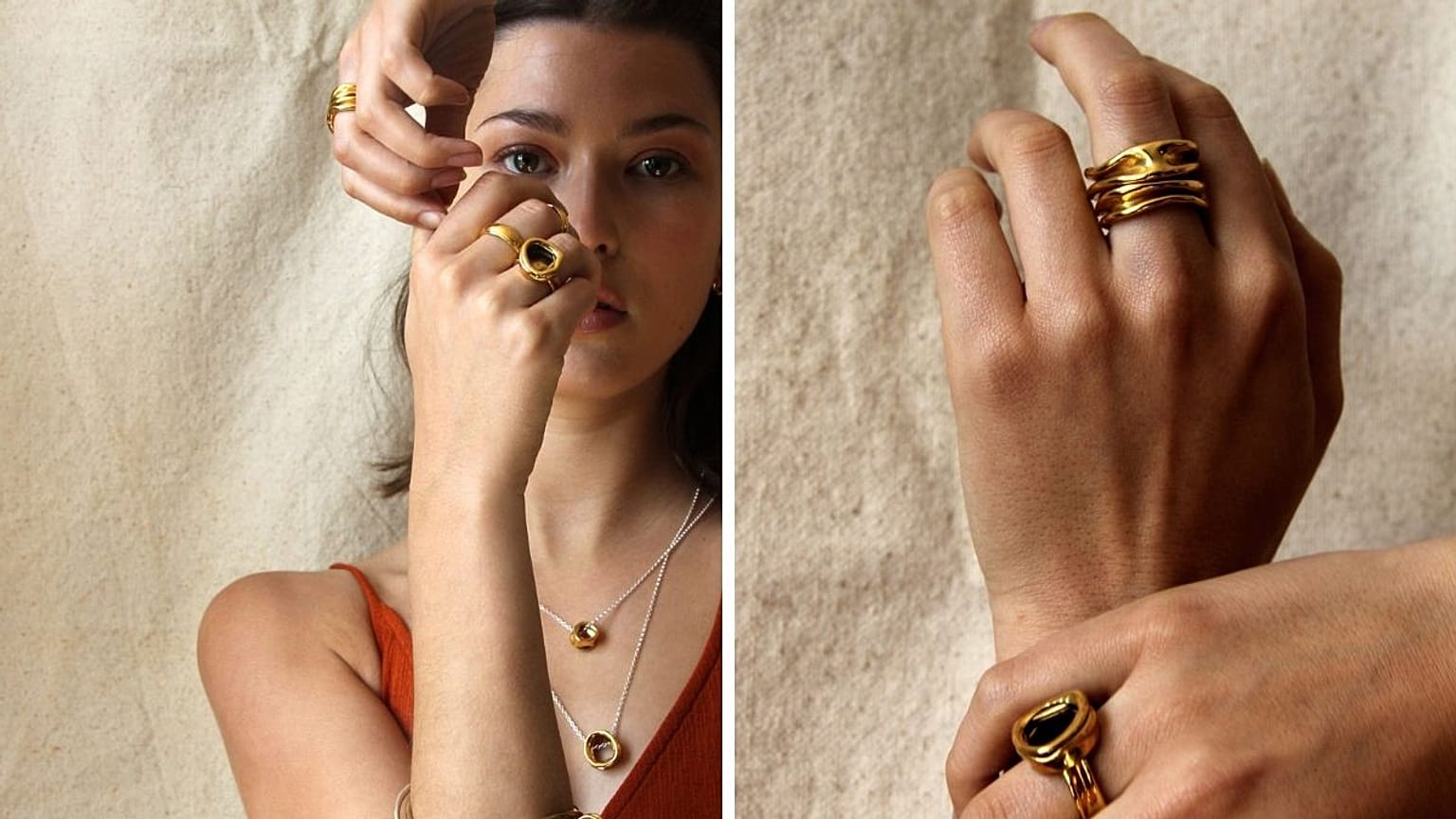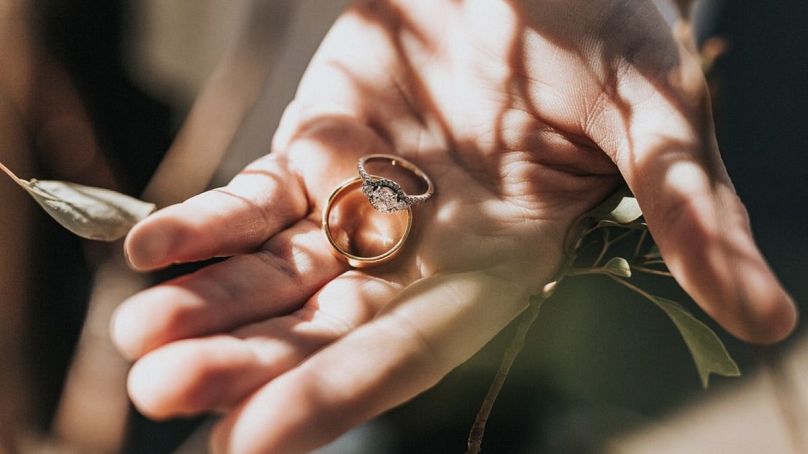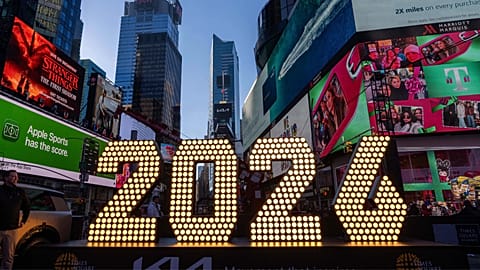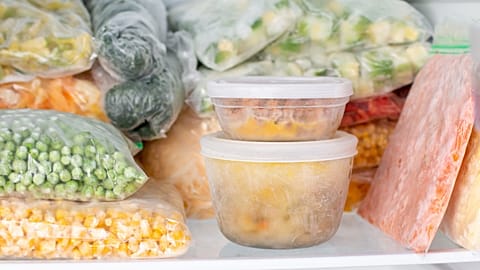We investigate the difference between eco-friendly, ethical and recycled gold.
As consumers are no longer content with jewellery that simply looks good, they are more likely to be considering ethical concerns including, 'social welfare of distant others, as well as animal and environmental issues' according to a Study of Fine Jewellery from the Open University. One of the buzz phrases that’s doing the rounds of late is ‘sustainable gold’ - but what exactly does that mean and how can you work out which companies are using it? Read on to find out.
The issues facing the gold mining industry
When wearing a piece of fine or semi-fine jewellery, it can sometimes be hard to imagine its origin - in the ground in a country probably far away from where you are now. The United States, for example, has seen a reduction in gold mining since 2005 so companies are having to venture further into new territory. These locations are becoming increasingly remote and this has an impact on 'roads and routes on intact ecosystems and on the aboriginal communities whose livelihoods are linked to the health of these areas', according to Mining Watch Canada.
There’s also the issue of health and safety. Mining has long been a dangerous profession - sending men and women into the depths of the earth is not a light-hearted business and in 2018 there were 81 fatalities linked to the mining industry, according to Mining Weekly. As resources become scarce, companies begin to mine deeper, which increases the risk of collapse and inhalation of toxic chemicals.
An analysis by Mining Technology examined that there is still a prevalent black market in the industry, where small-scale companies and traders look to make a better profit illegally.
There are several initiatives looking to combat these problems and when buying your jewellery, it’s worth doing some research into the company’s ethics to ensure your gold has had an ethical journey. The trouble is, there are several phrases and labels used to define the material, so we’ve debunked a few below to ensure you know exactly what you’re getting:
Ethical Gold
Ethical gold is gold that is sourced from artisanal and small scale mining companies. Chopard defines ethical gold as 'gold acquired from responsible sources, verified as having met international best practice environmental and social standards'.
According to the jewellery brand Amalena, ethical gold is from responsible Artisanal and Small-Scale Mining and is produced using legal operations. Ethical gold means good labour conditions, no child labour, gender inequality or unfair pay. Supply chains are also transparent.
Related | Our pick of the most affordably luxurious ethical jewellery brands
Eco-Friendly Gold
Eco-Friendly gold is slightly different. Amalena has defined this gold as being mined in such a way to ensure minimal impact on the land and environment - for example, no toxic chemicals are used during the process. Amalena also state that there are programmes put in place 'for the restoration of the native ecosystem'.
Most large-scale mining companies use mercury (which is a major pollutant) to recover the gold, whereas those that define themselves as eco-friendly, don’t.
Related | 9 of the best must-have sustainable summer jewellery looks
Recycled Gold
Recycled golddoes exactly what it says on the tin - it’s gold that has been used before and is being repurposed in new pieces of jewellery - so rather than mining the earth for more new gold, brands that use recycled materials turn to that which has already been mined.
This gold is usually taken from old jewellery, scrap metal or is a by-product of industrial production. Amalena has noted that as this gold often comes from multiple sources, it can be hard to keep track of the supply chain, so occasionally ‘dirty gold’ (gold that is unethically sourced from conflicted areas) can sometimes enter the system.
Related | Recycled jewellery: What you need to know
Companies using sustainable gold
'The number of demi-fine jewellery brands has increased by 250%' since 2016 and consumers are buying more ethical personal products. The following brands have been celebrated for using sustainable gold.
Wild Fawn - a small-scale eco-friendly jeweller - uses Fairtrade gold in its pieces. This would most commonly fall under the ‘ethical gold’ category, as the mining is ethical and the supply chain is transparent.
Emma Aitchinson - who has made a name for herself in the last couple of years as an ethical jewellery maker - uses gold-plating that has been, for the most part, ethically produced (the company Emma turns to for this follows environmentally friendly guidelines, but due to the chemical process, the gold is not 100% recycled or Fair-trade). Having offset its carbon footprint in 2018, the brand is now looking to work with eco-friendly solid gold in the near future.
Larger companies such as Atelier Swarovski and Cartier are making an effort to ensure that their supply chains are fair and transparent and their gold materials are ethically sourced, though many of these didn’t score particularly well in last year’s Human Rights Watch report. Tiffany was the company that did the best overall, being able to trace all of its gold to a single mine in Utah.
For more information on the companies that are ethically mining gold, take a look at the World Gold Council members’ list here.
Words: Bianca Barratt



















